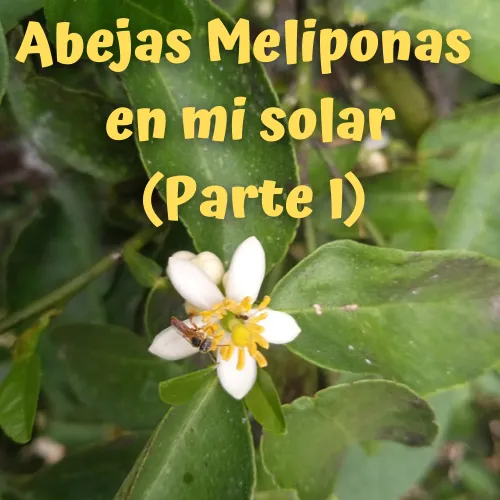
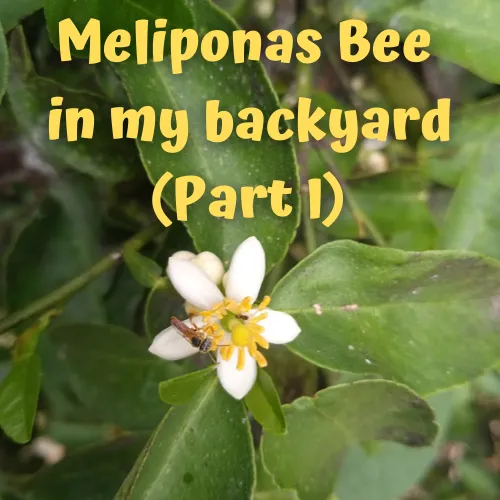

“Es un grupo de abejas sociales que pertenecen a la familia Apidae (abejas que se caracterizan por tener corbícula o canasta de polen en las tibias de las patas posteriores, subfamilia Meliponinae. Se distinguen porque tienen su aguijón atrofiado no funcional, alas con venación reducida, y porque nidifican en gran variedad de sustratos, ya sea en cavidades o en forma expuesta. Se cree que hay unas 400 especies en el mundo…” (p. 5)
Por tanto, estamos hablando de abejas que carecen de aguijón y que pueden hacer nido en diferentes espacios y de maneras distintas. Tal es el caso de las ABEJAS ARICAS O ANGELITAS, cuyo nombre científico es Tetragonisca angustula Illiger. Son abejas nativas de Latinoamérica, de allí que la gran mayoría de sus especies habitan este continente.
"It is a group of social bees that belong to the Apidae family (bees characterized by having corbicula or pollen basket on the tibiae of the hind legs, subfamily Meliponinae. They are distinguished by their non-functional atrophied stinger, wings with reduced venation, and because they nest in a great variety of substrates, either in cavities or in exposed form. It is believed that there are about 400 species in the world ... "(p. 5)
Therefore, we are talking about bees that lack a stinger and that can nest in different spaces and in different ways. Such is the case of ARICAS OR ANGEL BEES , whose scientific name is Tetragonisca angustula Illiger. They are native bees of Latin America, hence the vast majority of their species inhabit this continent.

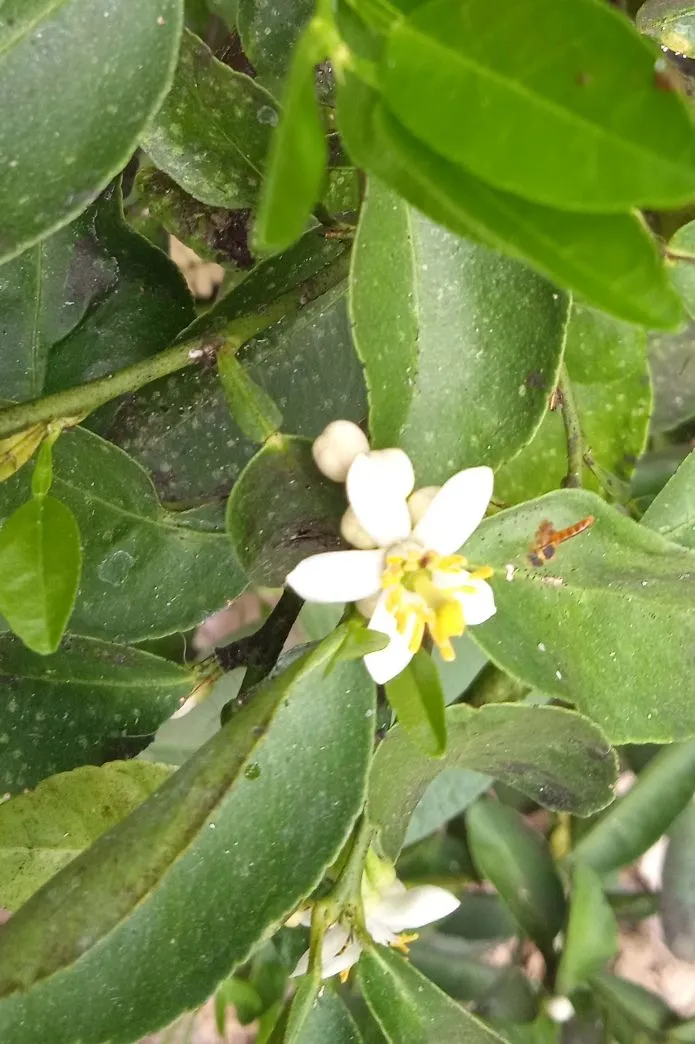
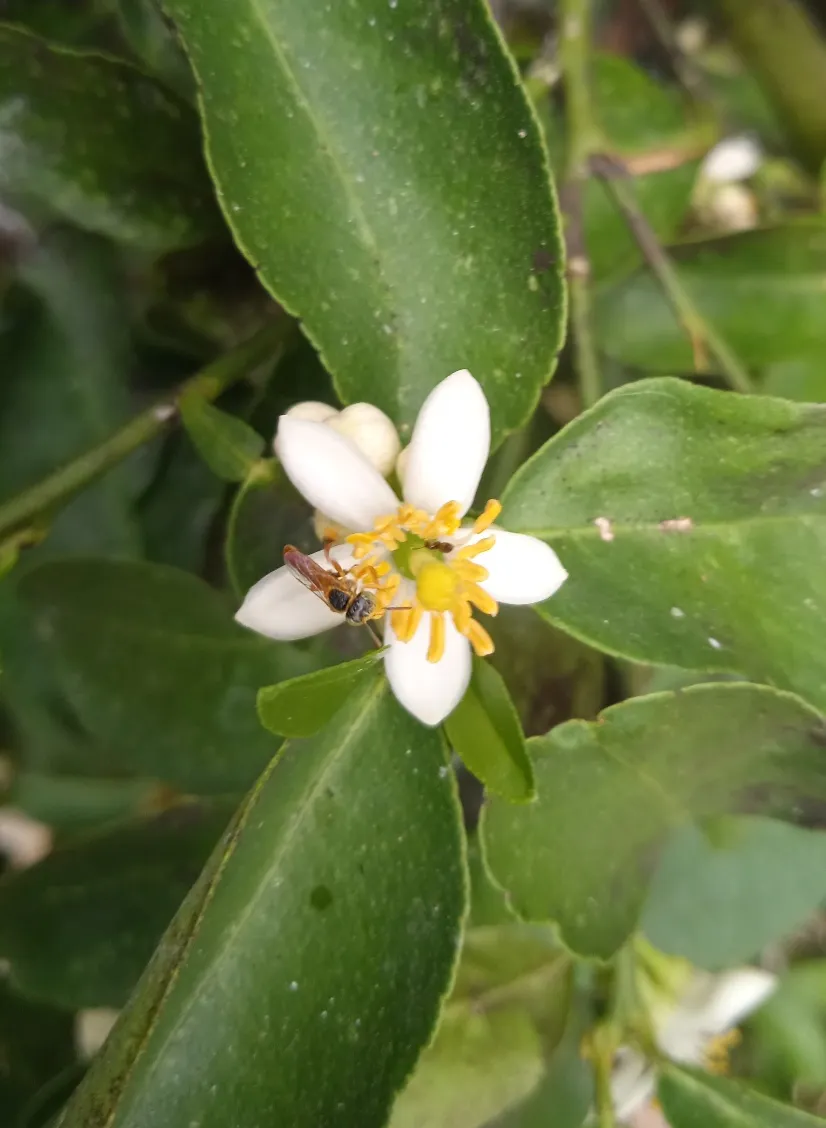
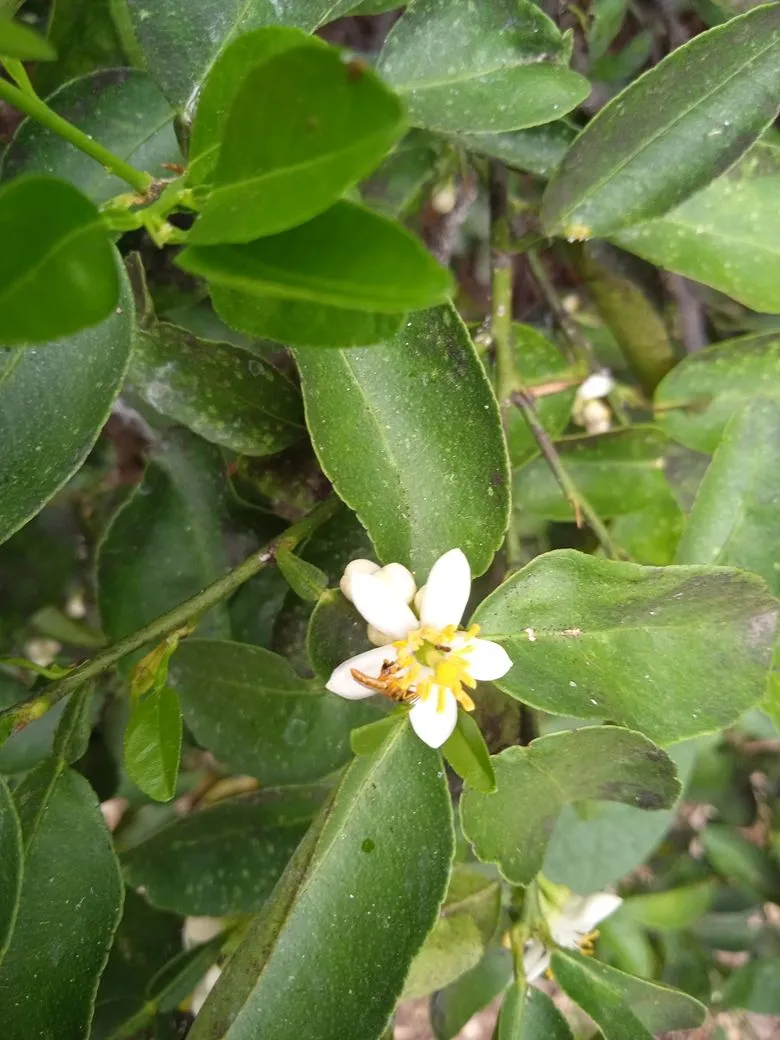


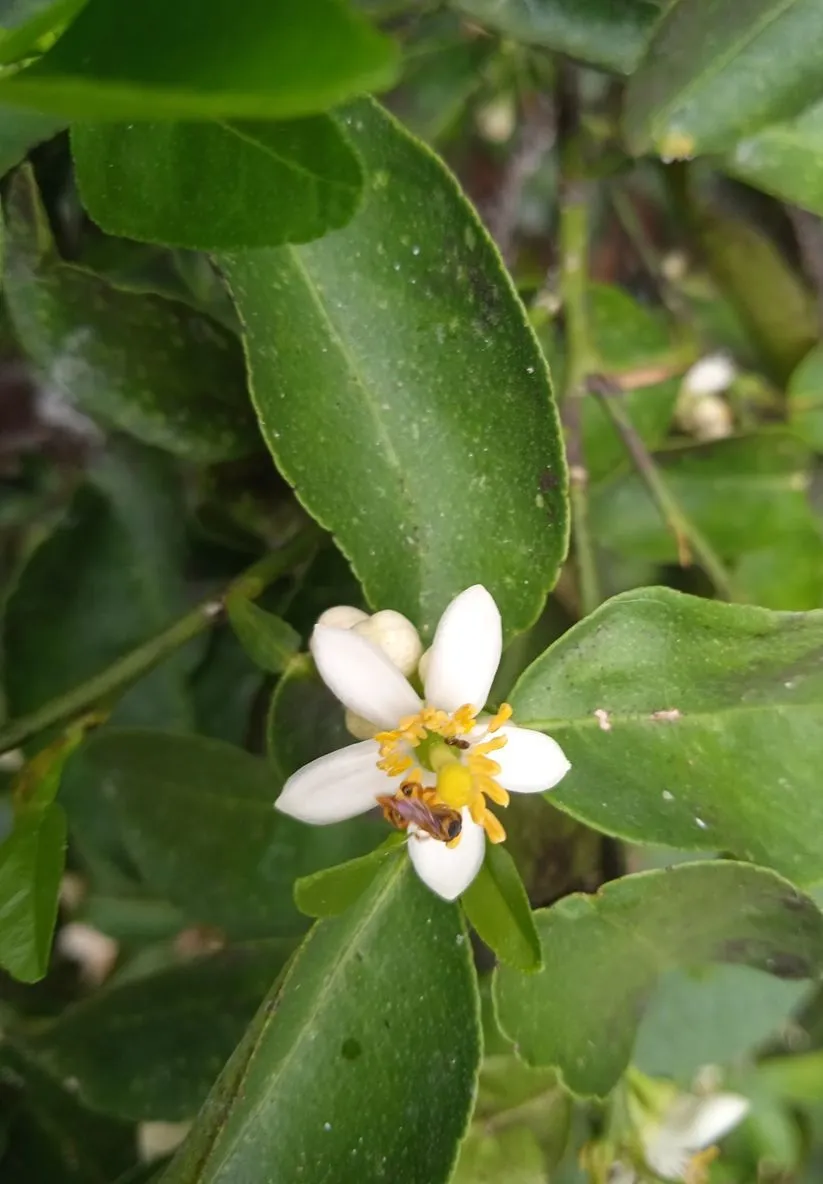


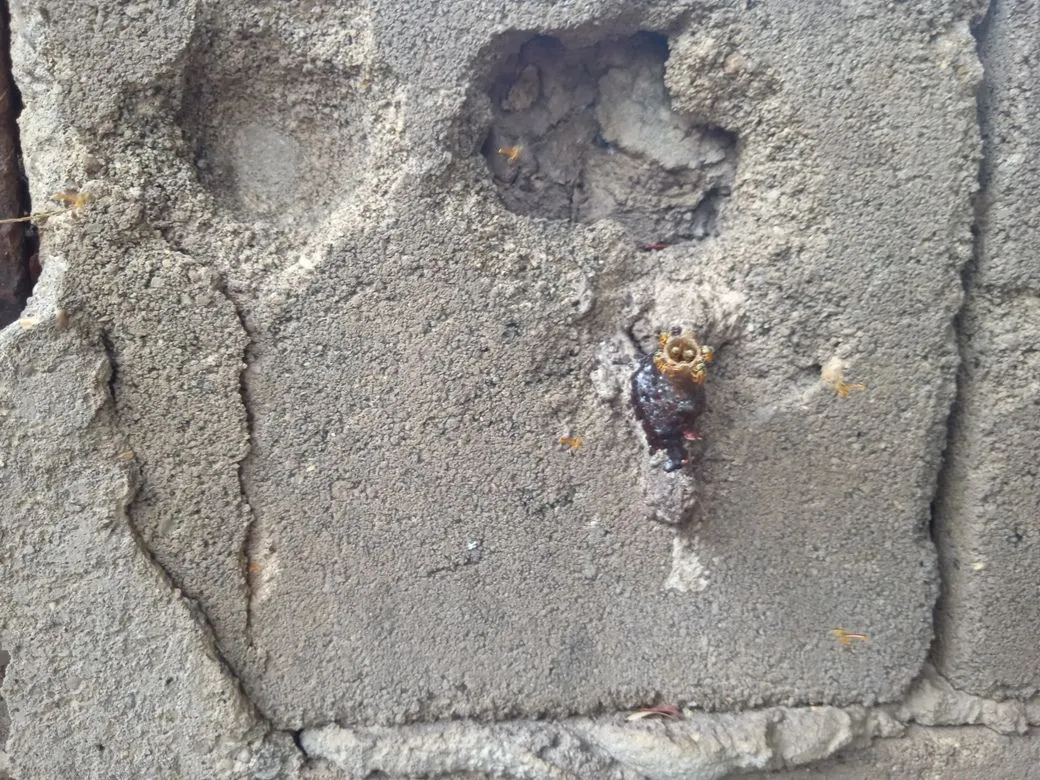
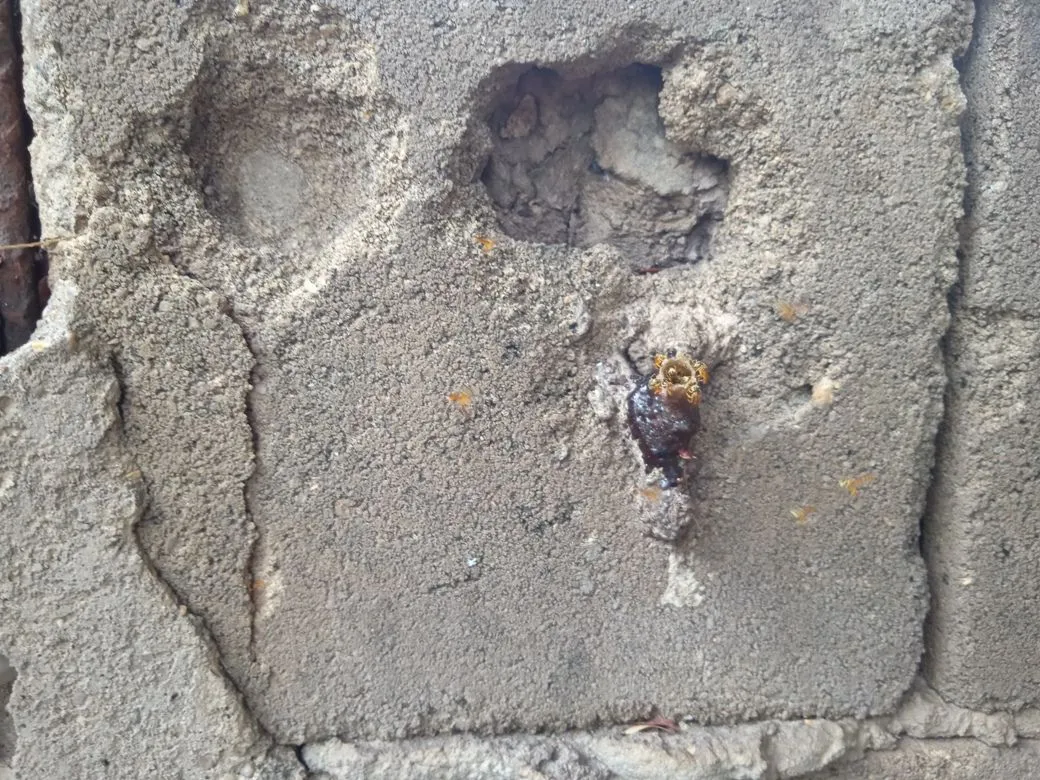

I want to reproduce these bees on my backyard. I am currently building houses to make a meliponary, but as I do not have enough water, I cannot plant enough flowers to feed them; However, I want to emphasize that it is very important to respect, know, conserve and multiply the aricas o angel bees and all the Meliponas bees in general, because they are basic in sustaining ecosystems. Here I end my post for today, I hope it was pleasant for all of you. Then I will follow this series of bees in my backyard. A big hug.

- Nates Parra, G. (2001). Guía para la cría y manejo de la Abeja Angelita o Virginita (Tetragonisca angustula Illiger). SECAB, Ciencia y Tencología Nº 84. Colombia.
Estas fotos son de mi autoría y fueron tomada con un teléfono Xiomi REDMI 8 A / These photos are my own and were taken with a Xiomi REDMI 8 A phone .
Los separadores utilizados, son cortesía de @eve66 quien comparte hermosos diseños que embellecen el maquetado de nuestros post. / The dividers used are courtesy of @eve66 who shares beautiful designs that embellish the layout of our post.
El diseño de portada incluido en esta publicación, han sido elaborado por mi persona con la aplicación CANVA / The cover design included in this publication has been made by me with the CANVA application.
En caso de que se requiera emplear el contenido o imágenes de este post y de mis otras publicaciones, agradecería se hiciera referencia a mi autoría (Fabiola Martínez) y se citara el link correspondiente. Gracias. / In the event that it is required to use the content or images of this post and my other publications, I would be grateful if my authorship (Fabiola Martínez) was made and the corresponding link was cited. Thank you.

 CommunityIIDiscord
CommunityIIDiscord